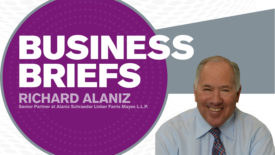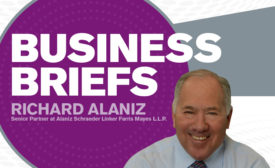Home » Keywords: » minimum wage
Items Tagged with 'minimum wage'
ARTICLES
HVAC Contractors Should Expect Some Effect With a Possible Minimum Wage Increase
An increase to $15 per hour may bring unanticipated challenges
Read More
HVAC Contractors Should Expect Some Effect With a Possible Minimum Wage Increase
An increase to $15 might have larger effects than some are anticipating
May 20, 2021
Understanding What Wage and Payment Laws Mean for Business Owners
How to navigate issues revolving around minimum wage and overtime
Read More
How Would a Minimum Wage Increase Affect HVAC Contractors?
Some believe an increase would lead to higher prices, while others believe the industry could weather it
Read More
Twenty-One States Kick Off New Year with Minimum Wage Hikes
Six states on track to reach $15 an hour in the future
December 12, 2019
Regulations, Executive Orders, and Court Rulings - Part 2
More information on what employers need to know now
Read More
Debating the Impact of a Minimum Wage Increase
HVAC professionals discuss the pros and cons of a government-mandated pay raise
Read More
The Push for $15/Hour, and the Impact on Employers
Employers need to prepare now for the challenges a higher minimum wage would bring
Read More
Copyright ©2024. All Rights Reserved BNP Media.
Design, CMS, Hosting & Web Development :: ePublishing









